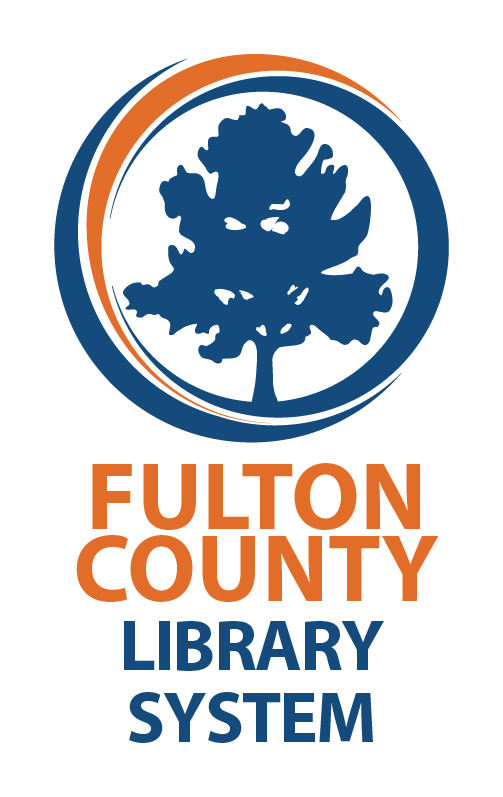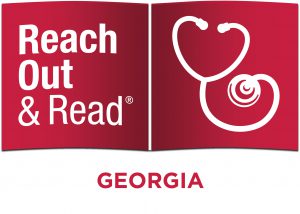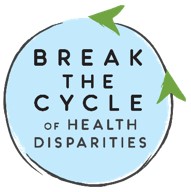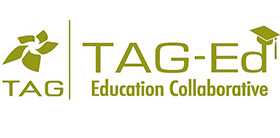“Use your words,” is a common refrain for teachers and parents trying to work with a child. But what if the child doesn’t have the right words? How can they express themselves if they don’t have the tools to do so?
Language proficiency at age 5 is the best indicator of reading proficiency at age 7. Reading proficiency at age 7 is the best indicator of high school graduation. This is regardless of poverty or parental education status. Students who cannot read proficiently at their grade level by the end of 3rd grade are four times more likely than their proficient counterparts to drop out of high school and are more likely to experience long-term behavioral and mental health issues.
In Georgia, only 32% of 4th graders are reading at the proficient level.
The good news is that we do not need fancy programs or expensive interventions. All of us have the tools necessary to help kids get the language tools they need.
#1 Talk to children
#2 Read to children 15 minutes a day
Parent, caregiver, and child interactions at home are key to helping kids develop language, learning, and social skills that are important for kindergarten readiness.
– The Mayo clinic
Investing in your child’s health and well-being at home can promote positive outcomes for learning to read, kindergarten readiness, and psychological health. Here we expand on a few recommendations that were provided by the Mayo Clinic for parents to promote kindergarten readiness for their children.
Step 1: Read Together
Shared reading between parent and child using described as a catalyst from brain growth during child development. Parent and child shared reading has been shown to be associated with brain activation in regions that support vocabulary knowledge and visual imagery as a child is listening to stories. Shared reading builds language and cognitive skills that are important for future reading ability!
- 15 min a day of reading starting at age 6 months is the number one way for kids to enter Kindergarten ready to learn to read.
- Limiting screen time and increasing exposure to books and other reading materials between the ages of 3 and 5 leads to better neurological development. Library cards in Georgia are free for all Georgia residents through the Pines Library system. These library cards provide access library books and online resources. Some counties issue temporary e-cards if you are unable to apply for a permanent.
- We acknowledge screen time happens and is sometimes the only way dinner gets cooked, laundry gets done, or parents get 10 min to themselves. Bearing this in mind, parents should apply closed captioning to as much programming as possible. Closed captioning improves word recognition, ability to decode language, and supports vocabulary acquisition.
- Turn daily tasks into learning opportunities. Examples: placing labels on objects at home, having your child read labels at the grocery store, and reading signs out loud.
- Access free online reading resources such as PBS Kids, Get Ready to Read, and Reach Out and Read.
Reading Tips
Based on brain development data, Read Aloud recommends reading to your child for at least 15 minutes per day. Thank you to Reach Out and Read for these amazing resources.
- How to Find 15 Minutes a Day
- Making Reading Fun
- Bookmarks to Print and Distribute
- Tips by Age Group
- Reading Milestones
- List of Diverse Books
Books Read Aloud
- Fulton County Library System YouTube Channel
- Get Georgia Reading Storytellers Series
- Leap Year Fellows reading stories (and comprehension quizzes)
- Storytime Anytime YouTube Channel
E-Resources
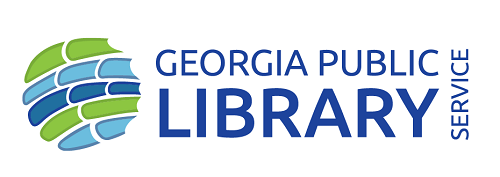
Get an e-Library Card from GA Public Libraries
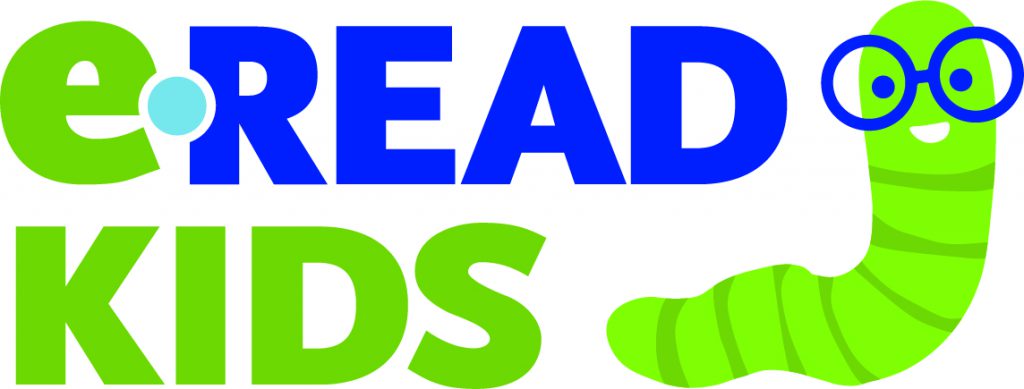

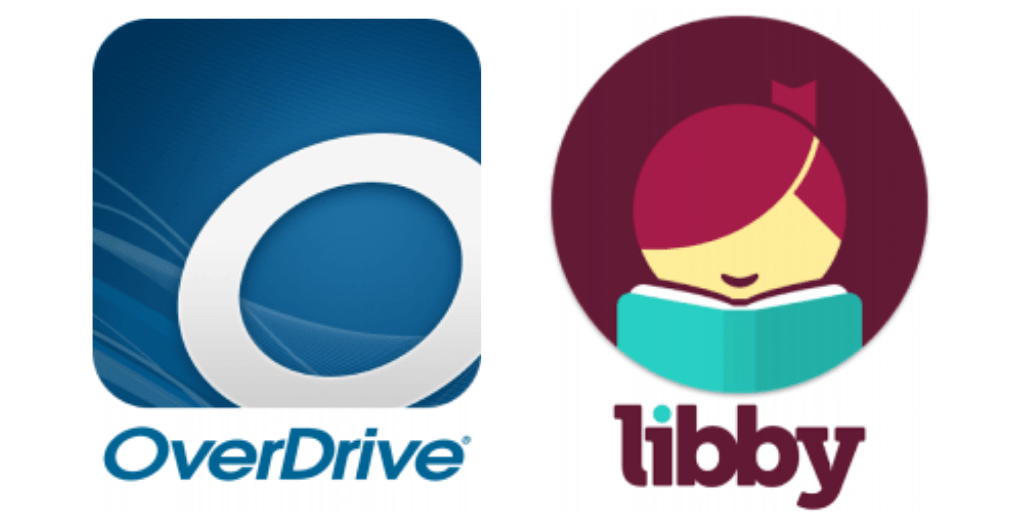
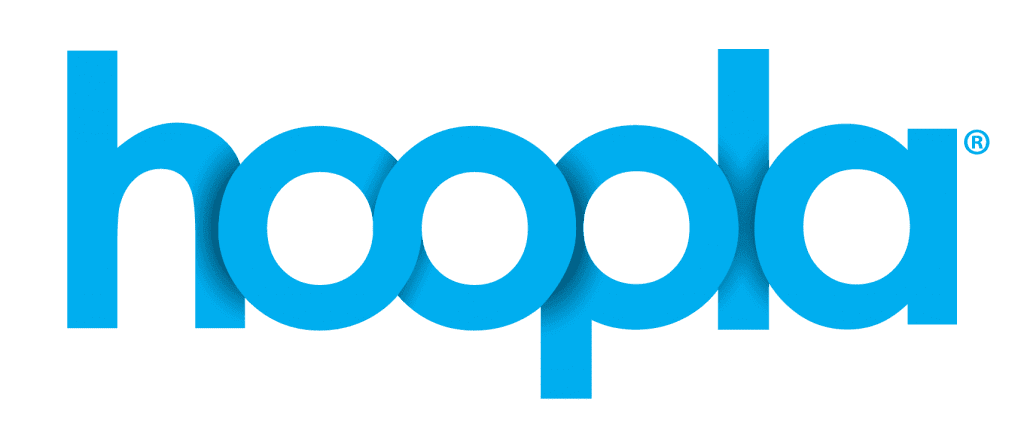
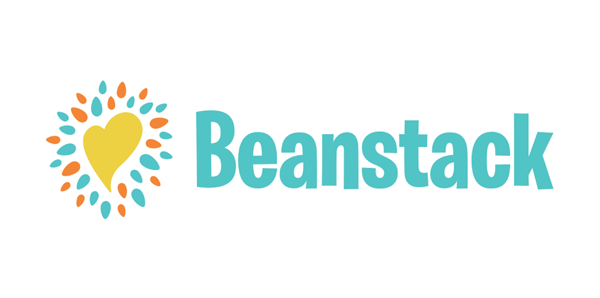
Step 2: Engage in Learning
Libraries offer educational programs and services that support childhood literacy development. Virtual museums allow children to learn about ancient civilizations and art with a click of a button! National Geographic Kids also encourages children to learn about the world’s animals through cool videos and games!
Step 3: Get Moving
Physical activity for 60 minutes per day can build stronger muscles and bones and reduce likelihood of poor mental health or disease. Physical activity could include doing jumping jacks or dancing to your favorite song with your loved-ones in the living room! Make it fun and exciting for everyone!
Step 4: Establish a Routine
Family routines has been shown to be linked to social and academic success for developing children. Implementing a schedule for eating, sleeping, physical activity, and down-time can be important for your child’s every day wellness. Routines can be fun and it’s okay to deviate from your schedule. Life is all about being flexible!
Sleep health is also important! Check out the National Sleep Foundation to find out your child’s age recommended sleep duration!
Step 5: Enroll Your Child in Pre-K
The Georgia Department of Early Care and Learning (DECAL) works to address early education needs for children and their families in Georgia. They provide Pre-K programs, Georgia Childcare and Parent services (CAPS) and much more!
Frequently Asked Questions about Early Childhood Literacy
Factors that can influence a child’s reading and comprehension skills can include the home reading environment, maternal reading fluency, maternal mental health, and a child’s physical health.
Language nutrition refers to adult-child interactions that are rich in language and therefore critical for brain development. Access refers to children and families having access to support services and high-quality early childhood and elementary education. Productive learning climate refers to the impact of the school climate on social-emotional development, attendance, and engagement as well as long-term success. Teacher preparation and effectiveness refers to teachers being prepared to deliver high-quality, evidence-based instruction, specific to the unique needs of each child.
Lead exposure via paint, water, or soil can also have varying degrees of impact on the development of the brain. Children living in homes built before 1950, or government housing are at an increased risk of being exposed to lead and experiencing permanent brain damage.
Polybrominated diphenyl (PBDE’s), a compound that used to be commonly uses as a fire-retardant in fabrics, furniture, electronics, wire insulation, and infant products, can induce structural and functional changes in the brain of a developing fetus. The compound crosses the placental barrier and impair the development of functional connectivity in the reading network of the brain. While they are being phased out – avoiding ripped or torn furniture with exposed foam, can cut down on exposure.
Columbia University Center for Children’s Environmental Health out together guides on how to avoid common toxins in the home.
Proficient – Ability to read, write, and comprehend. Ability to make reasonable inferences from the material.
At Grade Level means that children can get by, proficient means they are qualified for high-skilled jobs.
Percentage of 4th grade Georgians in 2019 as measured by the NAEP Report Card
31% – at grade level
32% – proficient
Partners
Learn More: https://scienceforgeorgia.org/education-and-workforce/

